An overview of the most recent literature relevant to mRNA delivery helps readers to obtain an overall concept and direction of nanoscale platforms for mRNA delivery.


An overview of the most recent literature relevant to mRNA delivery helps readers to obtain an overall concept and direction of nanoscale platforms for mRNA delivery.
![Invisible Patterns [Video]](https://www.advancedsciencenews.com/wp-content/uploads/2018/05/adma201707246_ASN_image.jpg)
A new colloidal photonic crystal-based material can hide patterns that are revealed under the flow of humid air.
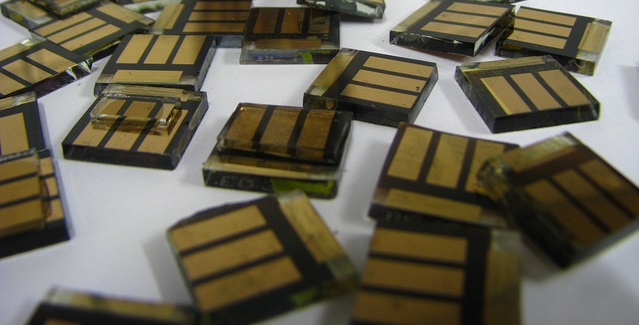
Perovskite structures suffer from moisture and thermal stability issues which prevent their commercial use. This promising solution using organic cations leads to a record high PCE for 2D perovskite devices.
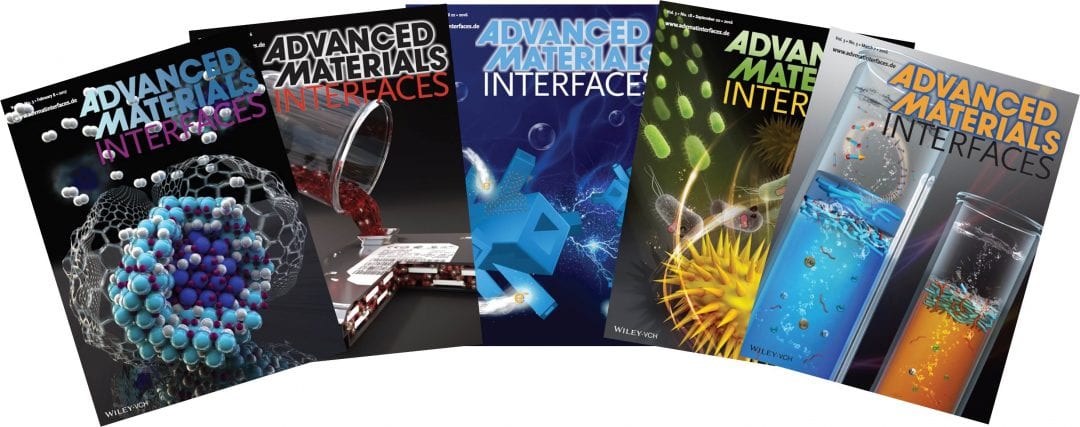
Topical reviews from the Advanced Materials Interfaces Hall of Fame series are among the most popular articles on offer to our readership – and they’re free to read for a limited time.
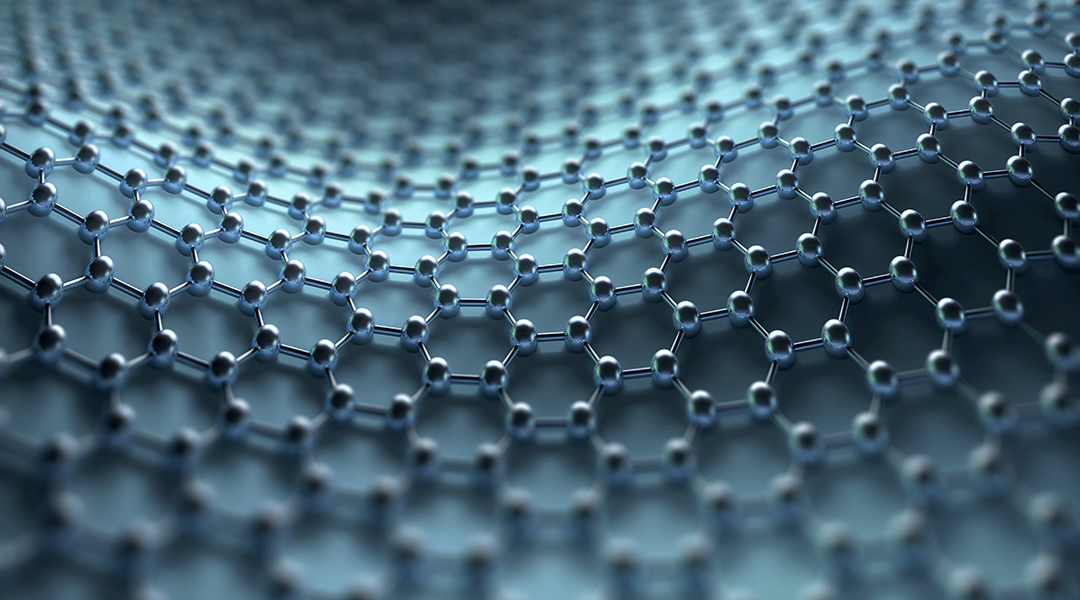
A new method to improve the mechanical durability of graphene films based on the introduction of chemically-attachable nanometer-thick organic patches onto a graphene surface is reported.
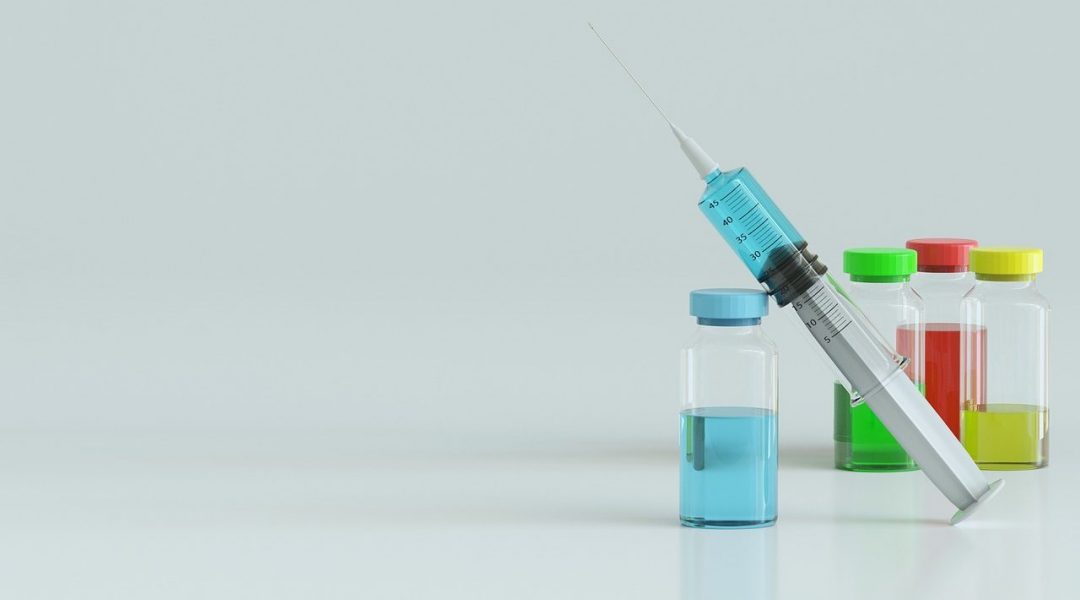
In situ vaccination therapy has immense potential in cancer treatment for clinical use. To date, in situ vaccination is already used to treat bladder cancer and melanoma, and with further study could become an important approach to expand immune-based cancer treatment.
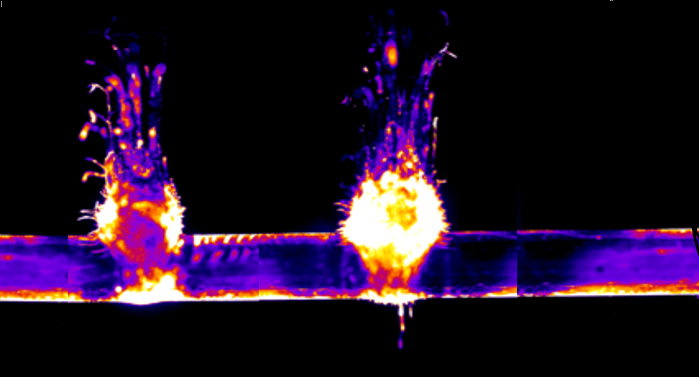
Cone-shaped gold nanoparticles are activated by ultrasonic waves, with applications in cost-effective targeted drug delivery.
![Microfluidic Devices for Affordable Personalized Healthcare [Video]](https://www.advancedsciencenews.com/wp-content/uploads/2018/04/adma201705759_ASN_image.jpg)
Muhammad Mustafa Hussain and co-workers from King Abdullah University of Science and Technology address the potential of complementary metal-oxide semiconductor (CMOS)-based microfluidic devices for affordable personalized healthcare.
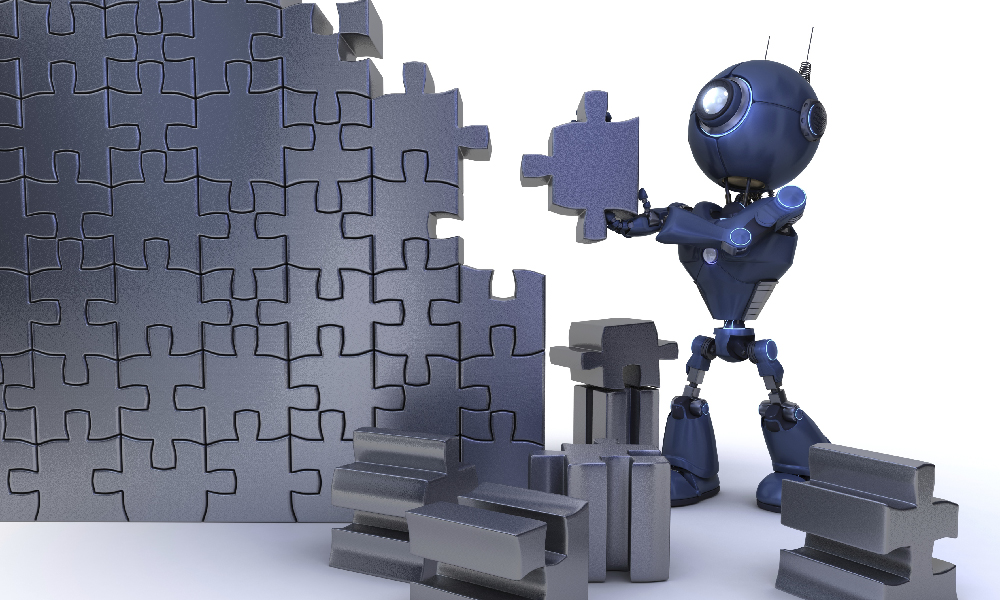
A colloidal nanocrystal layer enables 2D to 3D shape transformations of “hard” inorganic materials.
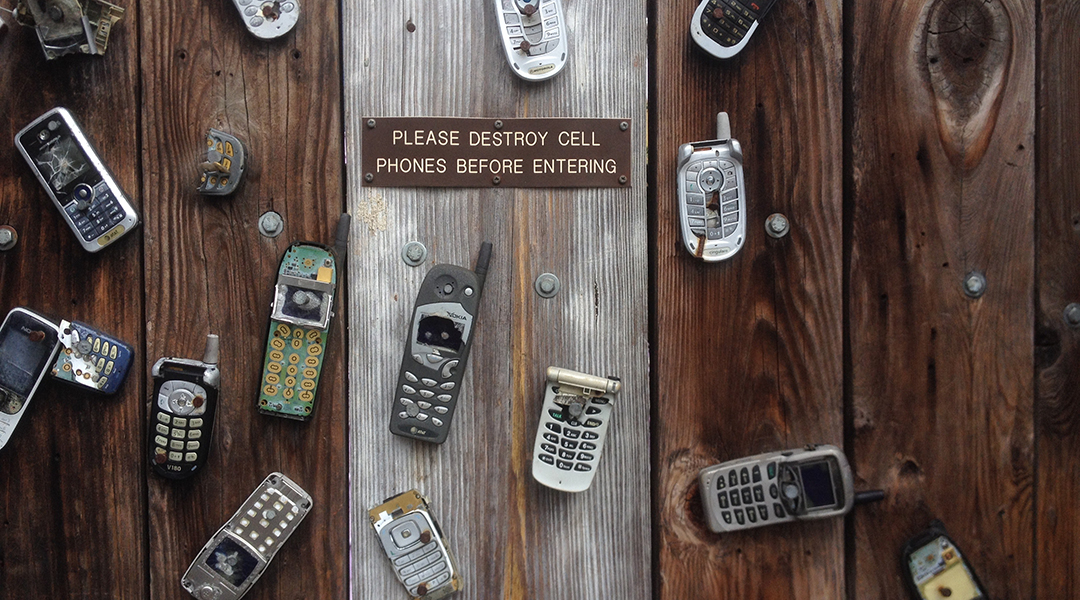
A team from the USA have developed a technique for making gold nanoparticles from old SIM cards .